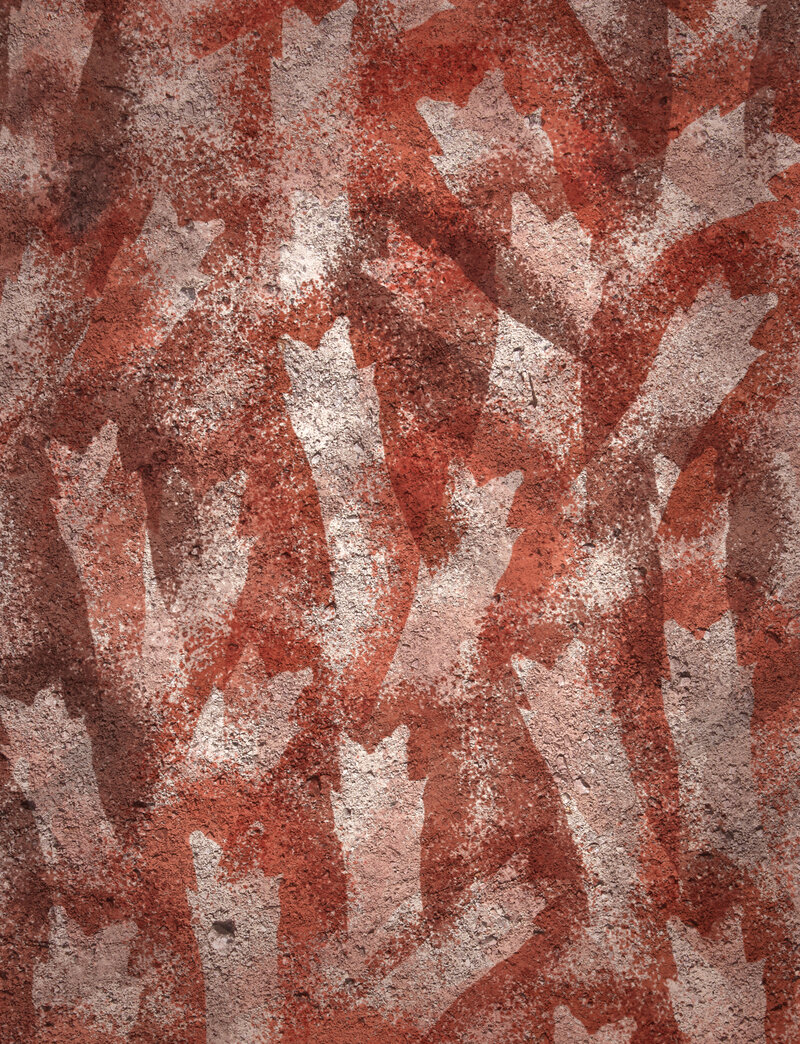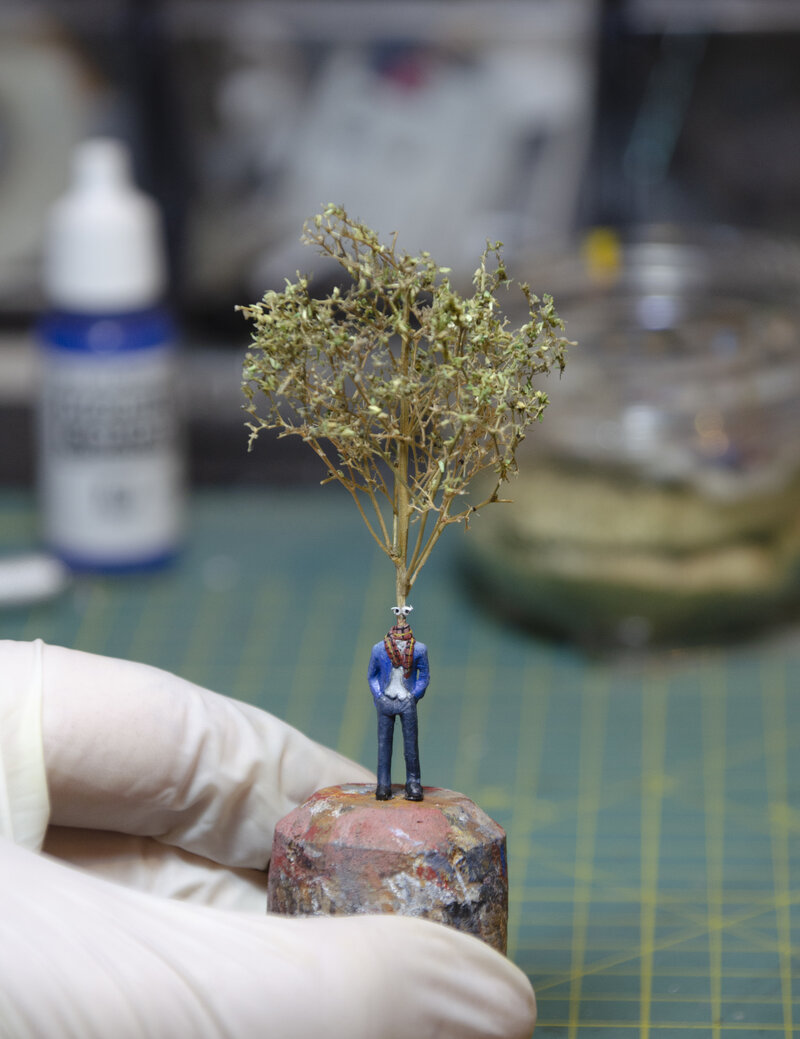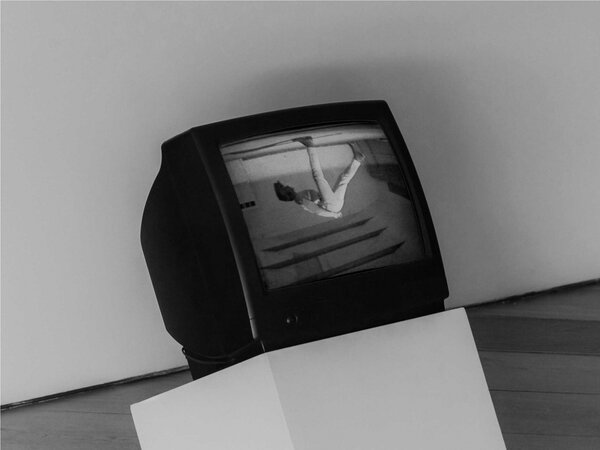
Fragile Surface
IED x Artribune
As of September 2022, IED has been producing covers for Artribune magazine. Central contemporary themes such as the blurred boundaries between artistic disciplines, the contamination between art and technology, the relationship between humanity and nature, the intersection between reality and virtuality will be told through images and multimedia content created by students and alumni. The multidisciplinary approach that has always been at the heart of IED's teaching methodology and the contents of Artribune allow an in-depth study of the artistic and design disciplines involved in the selected works and their increasingly blurred and overlapping boundaries. Each cover, created exclusively for Artribune, symbolise the threshold to cross in order to immerse oneself in the depth and versatility of the project. The fragile surface to be broken in order to venture into the hyper-connected imagination of the designers.
SURFACE #5: The cover
1 su 600.000.000
The relationship between Humanity and Nature, the representation of bodies and their metamorphoses, and the mutilation of animals by human beings are the themes of Fabiola Porchi's work 1 su 600.000.000, which after an internal competition within the Painting and Visual Languages course at the Aldo Galli Academy of Fine Arts, becomes the fifth cover of the Fragile Surface project.

SURFACE #5: the project
For the fifth cover of the Fragile Surface series, IED turned to the students of the Painting and Visual Languages course at the Aldo Galli Academy of Fine Arts - Como.
A lecture and a three-week workshop on the themes of the last Venice Biennale: the representation of bodies and their metamorphoses; the relationship between individuals and technologies; the connections between bodies and the Earth; led to the production of 10 images.
Six students from the first to the third year courses participated and each of them was able to submit more than one proposal.
From the images submitted by Fabiola Porchi, Andrea Olgiati, Vanessa Casale, Nicolò Filippetto, Nicola Monteleone and Alexa Baldessari, an internal commission composed of the Academy director Nicoletta Castellaneta, the reference lecturer Marco Bongiorni and the IED Fragile Surface project team selected the finalists:

1 su 600.000.000 by Fabiola Porchi
A beak, somewhere between skeleton and flesh, peers out at us. It has no eyes, but we know that its attention is totally focused on us, we can feel all its animosity and pain. It is a chicken beak, although we find it hard to recognise it in this form. It has not undergone the mutilation we reserve for its siblings. It stands there, balanced on a golden thread, thin, fragile, but also powerful and threatening. Would you like to know more? Click on the image

Chimere by Fabiola Porchi
Animals are as capable as we are of perceiving the world and share it with us. Since the beginning of history we have studied, designed and humanised them, disrupting their true nature to fabricate symbols and objects for our own use. In this work, the protagonists are the pigs who, taking possession and awareness of their identity, leave us an imprint of their passage in the same manner as we humans did in prehistoric times. The colours are those of the earth used for cave paintings, but they also represent the shades of blood, the blood that has been shed so far and is now dark and dry, and the red, fresh blood that continues to flow. Would you like to know more? Click on the image

Contrappasso by Fabiola Porchi
The Middle Ages is perhaps the period of maximum emphasis on the anthropomorphisation of animals, which have always been used as symbols of human vices and virtues. The rabbit symbolises not only fertility, but also purity, fragility and cowardice. In opposition to this, within illuminated manuscripts, it was used for the creation of drolleries, i.e. bizarre figures, which depict the animal as intent on the most violent acts, especially towards human beings. They almost seem to take revenge on human beings, especially when we see them hunting them down or dragging them around like trophies. The illustration reprises this practice of miniatures by shifting the field of retaliation from hunting to art. Would you like to know more? Click on the image

Mr Tree Head you are pretty cool by Nicolò Filippetto
This surrealist micro sculpture represents a man with a tree head (hence the title). The starting idea was to find a creative, and if we can say surrealist, way of connecting a man to nature. At the end of the job, given his attire, which I thought was fashionable, I jokingly decided to call him Mr tree head you are pretty cool. For the photograph I thought the light box version was too flat and did not express the actual size of the figure, so I preferred to photograph it in a real environment. The first variants show the figure standing on a pavement, made recognisable by the concrete edge and asphalt. Context chosen because of the contrast with the tree and thus with nature itself. Would you like to know more? Click on the image

Mr Tree Head you are pretty cool by Nicolò Filippetto
The second variant shows the figure recreating a “work in progress” situation, where a workbench can be made out in the background. So as to create an “artisanal” atmosphere. Would you like to know more? Click on the image.

Herbert di Alexa Baldessari
This work originated from the idea of narrating my roots, my culture and my traditions. Specifically with this work, I want to convey the mixture of nature and everyday life in South Tyrol, a place marked by its culture and its various traditions, fundamental elements that are still strongly present today. Would you like to know more? Click on the image
From among the finalists, the editorial team chose as the winner: 1 su 600.000.000 (1 in 600 millions) by Fabiola Porchi.

Fabiola Porchi
She is currently in her third year at the Aldo Galli Academy - IED network - in “Painting and Visual Languages” in Como.
Fabiola Porchi (born in Bergamo in 1991) graduated from scientific high school with a specialisation in information technology. Subsequently, she obtained a certificate of higher technical training in “Techniques for the handicraft realisation of made-in-Italy products” at the Cova Foundation in Milan and level I, II, III and IV certificates at the Bruno Munari® Method didactic training course for ceramics at the MABILAB workshop of Anconelli Ivana in Faenza. In 2022, she participated in the first edition of Designing Art - Aldo Galli Prize, winning first prize with the work Mutilazioni (Mutilations).
Fabiola's Research
Animals have always shared the world with us, but their form over time has slowly mutated into something insubstantial, mouldable and adaptable to our every need. We modified their biology, their sociality and inhibited their instincts to our liking so that they would be more productive, aligning their existence to our system of thought. These ghostly animals, betrayed by man, haunt me and drive me to seek new forms to express the torment that governs our relationship. I think of my work as a constant quest to act on a different and meaningful boundary, to express a willingness to function actively, to produce works as interfaces between individual and collective observation and the social sphere in which they exist.
“Fabiola's work tells us of a necessity and does so even before presenting its formal or poetic values. Therefore, her attempt to place her work as food for thought around important issues such as our relationship with the animal world is the real key to approaching her work. 1 su 600.000.000 (1 in 600,000,000) appears to be a ceramic sculpture, simple and tiny, a precious object, but it is also a weapon. It is a catalyst for different and even conflicting demands; sculpture becomes manifesto, its form is also narrative and the imagery it feeds on is both criticism and hope. Within this material that first invades and then leaves room for emptiness, we can interpret accusations and errors, but perhaps also catch a glimpse of an awareness that is so necessary today”.
Marco Bongiorni

